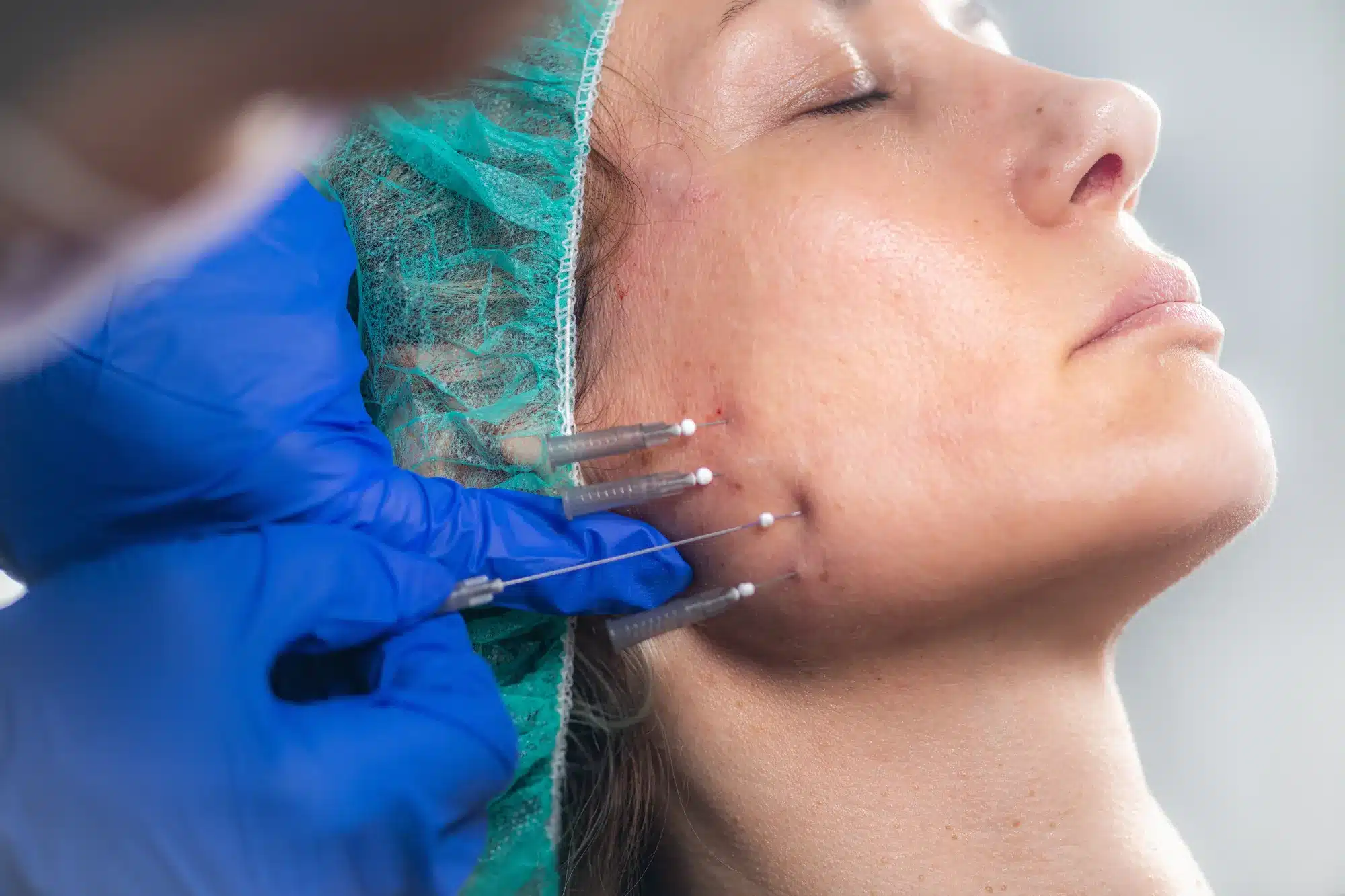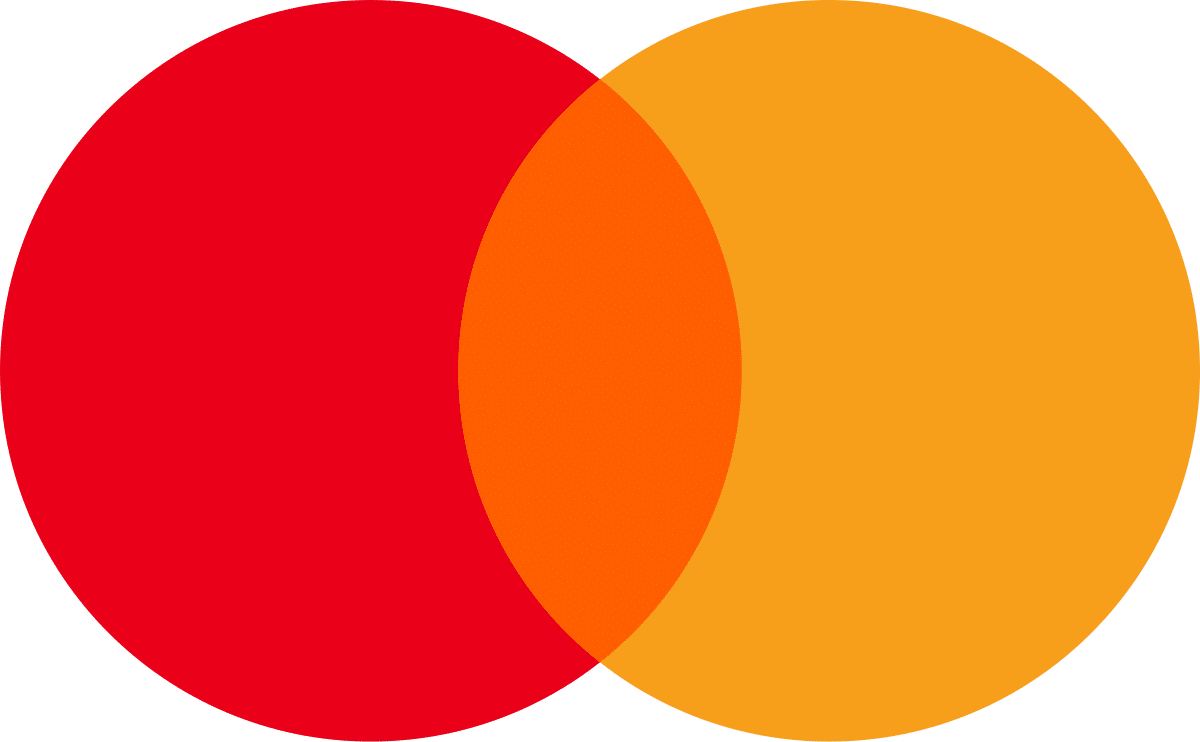
Thread lifting, as its name implies, lifts and realigns sagging tissues while adding more definition to facial contours by using threads made from the same materials used in surgery for wound closure. These threads are placed under the skin so that they are concealed as they function to tighten the tissue and add volume to the targeted area. The demand for more natural-looking facial correction procedures is mainly fueled by age-related changes. Laxity that results from aging leads to ptotic brows, jowl formation, malar flattening, and increased nasolabial fold prominence all of which are highly undesirable, especially in the female patient. These changes are further augmented with hyperpigmentation and wrinkles. Through the decades, thread lifting has become an increasingly popular method of fixing such adverse developments, as it has far less complications than more invasive procedures. It also has a shorter operating time and less required downtime for patients. The main advantage of the technique is that the entire treatment does not require long incisions to place the threads underneath the skin. Nowadays, many thread-lift techniques are specifically designed to focus on areas such as the mid-face, lower face, and neck area.
The history of threads
In the 1990s, Dr. Marlen Sulamanidze was the first surgeon to advocate thread lifts. This original technique was subject to iterations that resulted in many variations of the technique, including a technique that involved a planned trajectory for the placement of cogged threads. The threads were designed to lift the skin, be secured to the surrounding tissue, and be trimmed at the site of entry.
The continued interest in thread lifting over years has been largely due to the needs of both practitioner and patient to have a procedure that rejuvenates the face without injectable dermal fillers. It has also been marketed as a safer and viable method to achieve surgical facelift results without the long recovery time and high cost. However, thread lifting has been viewed with much disdain from some aesthetic practitioners. A major contributing factor is that the thread lift technique that had originally gained FDA approval in 2005 lost its privilege due to an unreasonably high incidence of post-operative complications. In addition, scientific literature on thread lifting is riddled with inconsistent results and evidence of early relapses. With that said, there are still many advocates who seek to gain approval for the use of thread lifting. Many newer techniques have been proposed, and these appear to be more promising and innovative, with incidences of complication dramatically decreased. Indeed, when these techniques are performed with a suitable patient and with the right medical practitioner, it is associated with few complications.
Combined treatments
The different thread types can be used with other treatments to achieve the best outcome. For example, using cogged and barbed threads with dermal fillers or fat grafting tackles the issues of age-related changes at multiple angles. For superficial wrinkles, using threads with radiofrequency treatments or microneedling offer superior results that tighten excess skin. Thread lifting should not be used as a standalone treatment to solve excess skin or volume loss.
When to use thread lifts
- Alternative to dermal fillers: Thread lifting is the next best option for patients that seek improvement without soft tissue fillers. Spring threads are specifically targeted to treat the malar, nasolabial, and marionette regions that are so frequently affected through aging. These threads are monofilament threads that coil around the needle to make a spring. Their main purpose is to induce collagen and hydration production.
- Combination therapy: Dermal fillers are primarily used for volume replacement and augmentation, and as such, their effect on lift is minimal. Patients that desire lift should opt for the “8-point lift” or “Tower technique,” which are methods that focus on injecting aesthetic fillers in a perpendicular depot, while cogged and barbed threads can provide the necessary lift.
- Thread lifting should be regarded as a procedure that complements other treatments, such as cosmetic fillers, which ensures the best possible outcome for the patient. It is highly suitable for mild to moderate facial laxity, midface laxity, and neck laxity. The longevity of the treatment highly depends on the age of patients and the quality of facial anatomy. For example, the best result is usually obtained in a younger individual who displays minimal signs of facial aging. Strong skeletal support is also another important component for achieving better results and greater longevity with the procedure. Older patients that will have a more difficult time with thread lifting are patients with severe sagging, greater amounts of redundant skin, and poor skeletal support.
Two types of threads exist: one for skin rejuvenation and the other for lifting ptotic skin. This crucial distinction enables the treatment to target specific improvements. Both, however, are free-floating threads and are not anchored to any location. They are usually a component of polydioxanone (PDO).
Ideal candidates
Patient selection is essential for reducing the number of complications and improving the outcome of the treatment. Keep in mind that thread lifting procedures frequently result in more downtime than procedures that solely use injectable dermal fillers. Monofilament threads are prone to cause bruising due to the high number of needle insertions and cogged and barbed threads have a larger entry point due to the needle size, which can result in thread tracks. Due to these factors, many patients may find the amount of potential downtime too long for them. Of course, some patients may want to move forward with treatment due to the bruising and downtime required.
Post-operative management also depends highly on patient participation, so it is advantageous to have them understand the treatment process.
Thread lifting does not have the wide margin of error afforded to hyaluronic acid dermal fillers. Complications and expected side effects must be covered so that the patient can provide informed consent. Also, do not attempt to perform the consultation and treatment on the same day. Threads tend to be more invasive than injectable dermal fillers, so it is important that the patient will be able to tolerate the entirety of the procedure. The sensation of the barbed and cogged threads tightening can also be a slightly unpleasant experience for most patients. As well, these threads are only known to achieve a lift of about 1cm, so patients should be aware of the expected results.
Patients who desire (or need) a lift greater than this should be deemed an inappropriate candidate for the thread lifting technique. For example, patients with a large body habitus, severely lax skin, and/or patients with thick skin may be more suitable for a surgical approach or combination treatments. On the other hand, monofilament threads can be used for collagen stimulation in patients with lax skin to enhance skin tightening and texture improvement.
Risks and complications
Rippling and puckering: This complication exclusively possible with threads that specialize in skin lifting, which is particularly with the case with barbs and cogs. When the threads are tightened excessively, the skin ripples over the thread, which can cause folding of the skin to be visibly apparent. As long as the thread is placed at the correct depth and layer, however, this issue will resolve itself. Note the 1cm margin for correction, and do not be overzealous in the cosmetic correction, as it will lead to dissatisfaction for both you and your patient. Furthermore, persistent dimpling can be managed with manual manipulation only after post-treatment.
Asymmetry: One great concern for patients who undergo this procedure is the appearance of asymmetrical results. Frequently these same patients will scrutinize their own appearance in great detail after the procedure. As a dermal specialist, to avoid any potential post-procedure disappointment, inform them of any pre-existing asymmetries. In the case of use of barbed and cogged threads, it may be of help to have the patient observe the skin tightening process on their own, by offering them a hand-held mirror, which will go a long way to ensure that any potential issues that arise regarding asymmetry can be avoided.
Granuloma: Exercise great caution to not place the thread at a superficial plane, because the risk of granuloma formation will be consequently higher. A study that examined 100 patients after breast biopsy noted that a buried knot eroded through the skin in 17% of patients due to granuloma formation and positioning.
Infection: There is an extremely low chance for infection. Maintain aseptic technique throughout the procedure to further reduce the risk for infection. Use chlorhexidine solution to prep the skin and use surgical drapes to create a sterile field for the cog and barb threads.
Thread breakage: Breakage is when an inexperienced practitioner attempts to tighten the threads during placement when it is still protected by the needle. The tissues should be manipulated to avoid breakage while inserting and tightening the threads.
Thread loss:During the placement of barbed and cogged threads, ensure that the thread is cut and that the ends are tucked back into the skin to avoid any protrusion, as it will increase the risk for infection and granuloma formation. For monofilament threads, the ends should not be cut but instead grasped firmly and removed. It is also technically easier to remove monofilament threads if they are placed at the incorrect depth.
Other potential side effects include hematoma formation, procedure-related nerve damage, and hypersensitive reactions.
Conclusion
The emergence of minimally invasive barbed, cogged, and monofilament threads for the aging face is an exciting new innovation in the field of aesthetics. However, the best results have so far been hard to reproduce, as they are mainly operator-dependent. Results are likely to last between one to two years. Complications from the procedure remain mild and limited to the perioperative period and can be corrected by manual manipulation or removal. As the safety and technique of minimally invasive procedures advance, the future of thread lifting in respect to reducing facial ptosis and providing facial rejuvenation remains bright, with results similar to Radiesse application.
Related Articles
Joanna Carr
Nabota Before and After With Photo Examples
Nabota is a botulinum toxin type A product that has gained popularity in the cosmetic industry.
Joanna Carr
Juvederm for Chin Explained
Interested in learning more about Juvederm for Application On The Chin Area? Browse Doctor Medica's comprehensive archive of blog posts.
Joanna Carr
How Long Does Evenity Stay in Your System?
Find out how long Evenity stays in your system, its effects on bone mineral density, and why transitioning to antiresorptive therapy is key for lastin...


